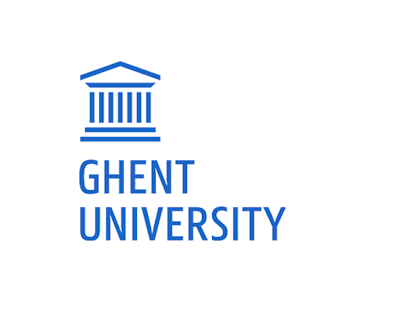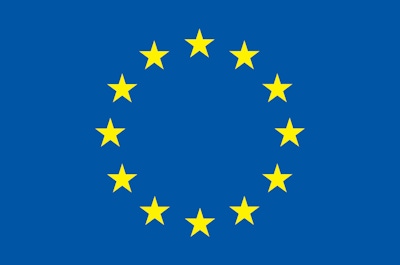Case Studies
 © Ales Krivec/Unsplash
© Ales Krivec/UnsplashJulian Alps: Prealpi Giulie and Triglav parks
Cooperation between the Triglav National Park (Slovenia) and the Prealpi Giulie Natural Park (Italy) started in 1996 when the latter was established aimed at protecting a mountainous habitat. Cooperation intensified after Slovenia’s accession to the European Union thanks to EU projects. In 2009, the EUROPARC Federation declared the Triglav National Park and the neighboring Prealpi Giulie Natural Park as a transboundary area, the Julian Alps Ecoregion, which includes the area of both parks and, on the Slovenian side, the UNESCO MaB Biosphere Reserve. The Julian Alps Ecoregion is aimed at protecting and enhancing the natural and cultural heritage of the area through tourism. It envisions to strengthen cooperation with local tourism organizations and providers by setting up a network of information points in the ecoregion to inform visitors in a suitable way about the characteristics of the area. In 2014, the Alpine Convention certified them as a pilot transfrontier region for ecological connectivity. Furthermore, they are currently applying to become a UNESCO MAB Transboundary Biosphere Reserve to reinforce their cooperation.
 © David Magalhães/Unsplash
© David Magalhães/UnsplashZASNET EGTC and transboundary biosphere reserve Meseta Ibérica
The ZASNET EGTC was established in 2010 at the North-Eastern border of Portugal and Spain between municipalities and subnational governments of these two countries to cooperate inter alia in the environmental sector. Its most successful result is the recognition of the ‘Meseta Ibérica’ as the first Transboundary Biosphere Reserve (TBR) in the framework of the MAB Programme. The TBR embraces natural parks and Natura 2000 sites and ZASNET is its managing authority. Among the TBR organs, there is a participatory body to ensure the involvement of civil society/local communities in the governance of this transboundary natural space. This EGTC provides an institutional framework for transnational cooperation to both prevent the illegal hunting of the Iberian wolf and manage this 'Specially Protected Species' as a single population between Portugal and Spain.
 © Taneli Lahtinen/Unsplash
© Taneli Lahtinen/UnsplashFrom Baltic to Barents
Lapland (Finnish: Lappi) is Finland’s northernmost region. It is part of both a wider region known as Sápmi, the homeland of the indigenous Sámi people, and the Barents region. Its western part is included in the Meänmaa, a region that, like Sápmi, is not defined by national boundaries. This case study focuses on the western and northern border regions of Lappi and the neighboring areas in Sweden and Norway, which include marine protected areas, mountainous habitats, and inland waters. In these borderlands, rivers that from the outside might appear to be natural boundaries, provide connections for people and wildlife. These connections have allowed for the establishment of very different forms of cross-border cooperation for the protection of the natural environment that is crucial for the local communities in the region. These include border-river management institutions and grassroots efforts involving local communities and indigenous peoples.
 © Mart Lakeman/Unsplash
© Mart Lakeman/UnsplashThe Scheldt Estuary
The Scheldt Estuary is situated between the southwest of the Netherlands and the northwest of Flanders, Belgium. The total basin area is widely recognized as important for water birds, migrating fish species, porpoises, and diverse rare habitats. Large parts of this estuary are designated as Ramsar sites and Special Protection Areas or Special Areas of Conservation under the EU Habitats and Birds Directives. Since the 16th century, several bilateral treaties and committees between Belgian and Dutch authorities have been established to align the ecological governance with the economic interests at stake. The Scheldt Estuary Development Scheme (2010) has three objectives: safety (protection against flooding), accessibility (ensuring access to the harbors), and natural recovery (achievement of favorable conservation status). In recent years, however, new harbor expansion plans have raised concerns for increased nitrogen deposits, further deepening, and climate mitigation. In addition, the disclosure of the discharge of persistent chemicals in the port of Antwerp sparks new governance questions in relation to transboundary pollution.




